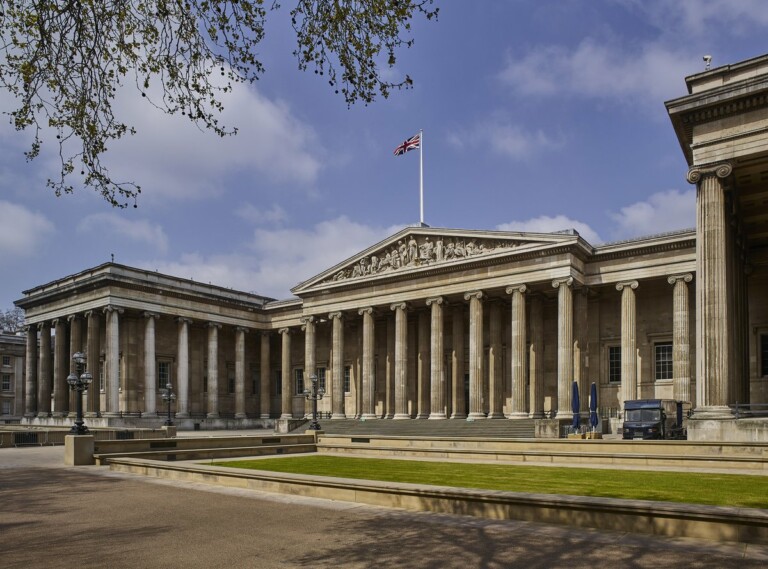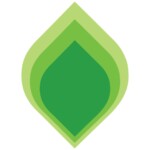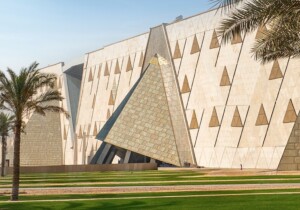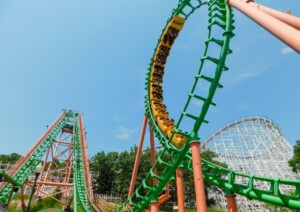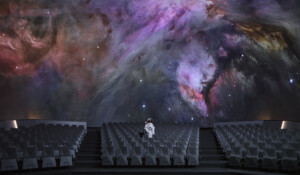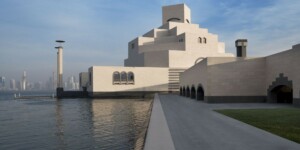The British Museum has asked the public to help it identify and recover treasures that have been stolen from its collection.
The move comes after the recent alleged theft of around 2,000 artefacts. In a statement, the British Museum said 60 items have now been returned, with a further 300 identified and due to be given back.
The institution has announced a series of measures to recover the artefacts, including appointing an international panel of experts in the field of ancient gems and jewellery.
These include James Ratcliffe from the Art Loss Register and Lynda Albertson from the Association for Research into Crimes against Art.
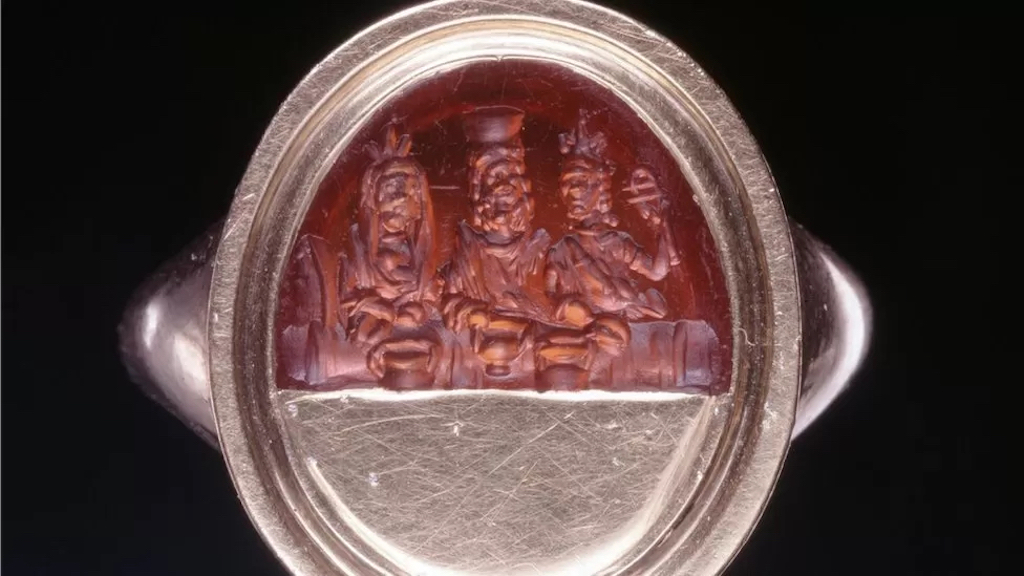
The museum had already placed its missing items on the Art Loss Register, the world’s largest private database of lost, stolen and looted art and antiquities.
“The British Museum’s approach has carefully balanced the need to provide information to the public to assist the recovery efforts with the fact that providing too much detail risks playing into the hands of those who might act in bad faith,” said Ratcliffe.
“Thanks to our position as the principal due diligence resource for the art market, and experience in the recovery of stolen art and cultural property, the Art Loss Register has an unrivalled ability to assist with the museum’s recovery programme.
“We are delighted to provide our assistance on a pro bono basis to the excellent team at the museum to support their efforts.”
60 items already returned to museum
As for how the public can help, a new webpage contains pictures and more information on the types of objects that are missing.
“We have seen an encouraging start to the recovery programme and have been particularly impressed by the hard work and dedication of the British Museum staff working with us,” said Lucy D’Orsi, joint chair of an independent review of the museum’s security.
Earlier this month, Mark Jones was confirmed as the interim director of the British Museum. He replaces Hartwig Fischer, who stepped down in response to the theft crisis.
Images courtesy of The British Museum
